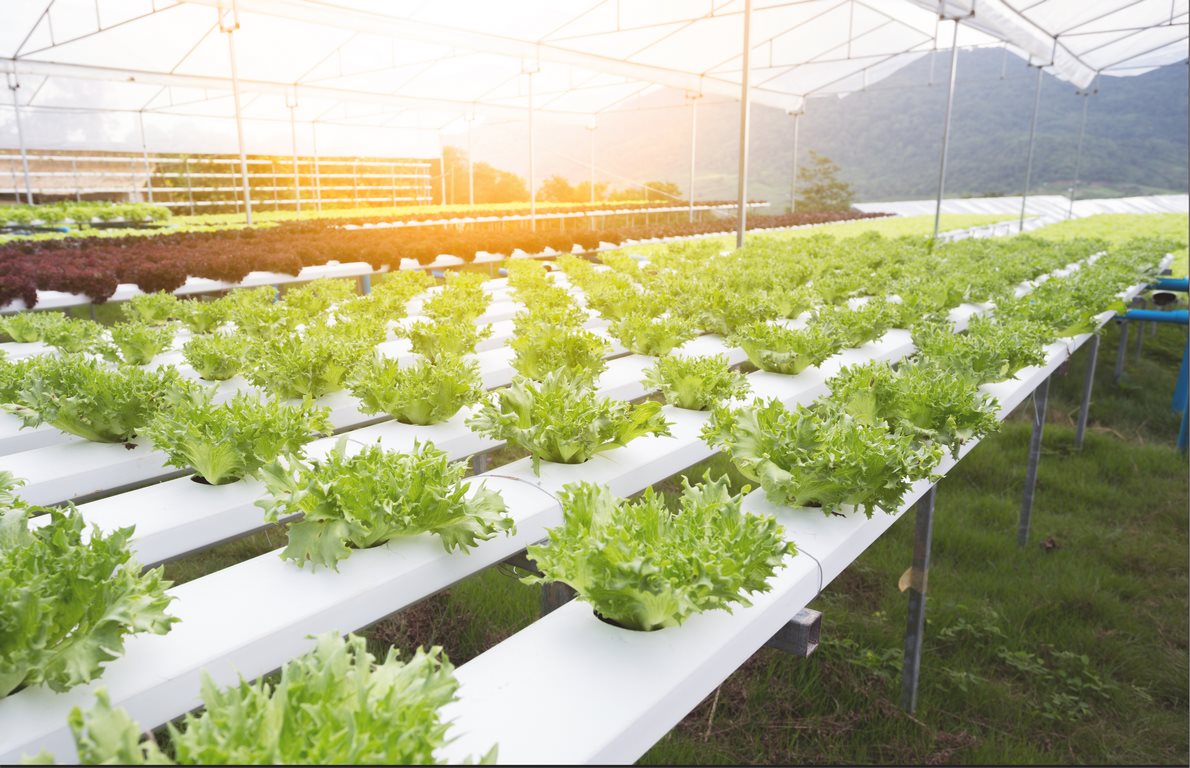Hydroponic systems have been widely accepted as one of the most effective ways of growing organic, pesticide-free, and bountiful produce.
While these systems provide several benefits, they must be kept clean and tidy to maximize them. We know that plants in hydroponic systems are grown in a closed, regulated environment making them more susceptible to diseases and fungal infections.

This can result in your plants dying within a matter of a few weeks or even days. So, to protect your plants from their ill-fate and to continue reaping organic and bountiful produce, cleaning hydroponic systems regularly is important.
In this article, we will tell you everything you need to know about cleaning hydroponic systems and the tools and materials required for cleaning them.
Cleaning your hydroponic system requires careful handling so that your plants don’t get stressed or their growth disturbed. So, the best time to clean hydroponic systems is to do it in between two harvests.
This allows you to reach those areas of your system that otherwise will be inaccessible. While the extent and frequency of cleaning a grow room will depend on its size and the type of system, the method more or less remains the same.
Read Also:
If you are wondering how to clean hydroton, here’s how to do it. Hydroton clay pebbles require timely cleaning as bacteria can hide and grow in their tiny holes.
But cleaning hydroton is pretty simple. Take out all the pebbles, submerge them in water for a few hours, and then rinse them properly. Let them dry for 24 hours, and they are clean and ready to be used again.
Bubblers or air stones form thousands of air bubbles in the solution, making it rich with oxygen. To clean them, use Hydrogen Peroxide for the best results.
Mix one part of 35 percent hydrogen peroxide with eleven parts of clean water. Rinse the bubblers well, and they are ready to be reused.
Scrub all workspaces and walls thoroughly with water, hydrogen peroxide, or vinegar. Wipe out the surfaces first across the system and then disinfect them in the second round of cleaning.
Make sure that you clean the corners as dust particles and other impurities might remain hidden there, making the system dirty again when you resume plantation.
Lighting components are where dust particles or bacteria accumulate often. You can wipe down your lights with a damp cloth and then follow it up by cleaning them with Isopropyl alcohol for proper sterilization.
Remove bulbs and tubes for a thorough clean-up. You can use vinegar to clean lighting components, but alcohol is a better bet since it evaporates faster without leaving any residue or streaking.
The best way to clean components like lighting ballasts, lighting timers, heaters, fans, air-conditioners, or dehumidifiers is by using an air compressor or blowers.
Cleaning these components not only improves their performance but also enhances their shelf life.
Whether your air filters are placed within the enclosed indoor system or on the exterior part of the hydroponic system, they require proper cleaning.
Providing clean air through air filters is primary to the efficiency of your system. Keeping them clean will ensure that they don’t transmit any dust or other impurities to the system.
Now that we know the importance of cleaning your hydroponic systems and the areas that require cleaning, here’s all you need to clean the system.
You know the importance of cleaning your system, the areas that need attention, and the tools and cleaning agents. Now let’s get down to the process of cleaning your hydroponic system:
There is no doubt that hydroponic systems are catching up as one of the most preferred ways of gardening across the world.
If you wish to start your hydroponic garden or have one already and want to take it to the next level, visit Kushy.com, a one-stop destination for all your hydroponic needs.